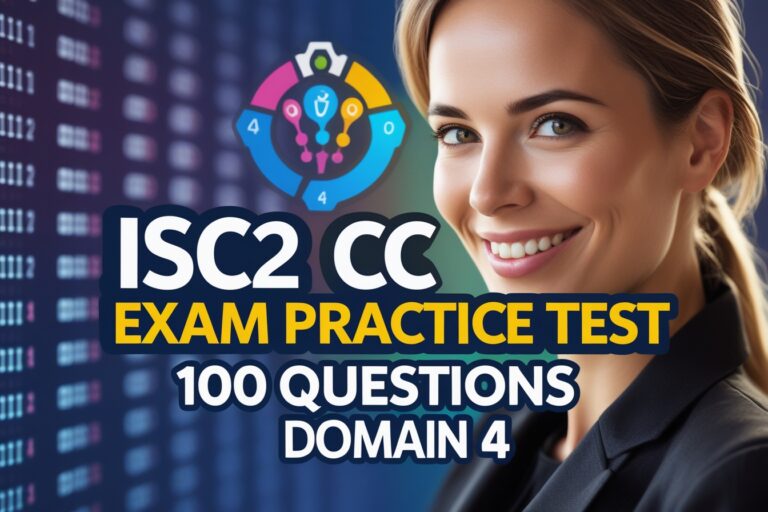1) Which of the following is/are the applications of twisted-pair cables ……
A. In the local loop
B. In the DSL line
C. In the ISDN Network
D. All of the above
2) ………. transmission systems are widely used in the backbone of networks.
A. Unshielded Twisted Pair(UTP)
B. Shielded Twisted Pair(STP)
C. Optical Fiber
D. Wireless
3) ……….. has much lower attenuation and can carry the signal to longer distances without using amplifiers and repeaters in between.
A. UTP cable
B. STP cable
C. Fiber Optic cable
D. All of the above
4) The major problem(s) suffered for transmission lines on the physical layer is/are ………
A. Attenuation distortion
B. Delay distortion
C. Noise
D. All of the above
5) ……… is the loss of energy as the signal propagates outward.
A. Attenuation distortion
B. Delay distortion
C. Noise
D. None of the above
6) ………. is the unwanted energy from sources other than the transmitter.
A. Attenuation distortion
B. Delay distortion
C. Noise
D. Disturbance
7) Which of the following is not the source of the noise?
A. Thermal
B. Magnetic
C. Inter-modulation
D. Cross talk
8) Data rate in data communication depends on which of the following factors.
A. The bandwidth available
B. The level of the signals we use
C. The quality of the channel
D. All of the above
Table of Contents
Read Also: Objective Questions on Data Transmission Medium
9) ……….. is the physical path between the transmitter and receiver.
A. Transmission media
B. Physical media
C. Transmission path
D. Receiving path
10) The key concern in the design of the data transmission system is Data Rate and ………
A. Data Path
B. Data flow
C. Distance
D. Frequencies
11) A ………… network is none that establishes a dedicated circuit between nodes and terminals before the users may communicate.
A. Message switching
B. Physical switching
C. circuit switching
D. packet switching
12) Which of the following is not the phase involved in the circuit switching network?
A. Connection start
B. Connection establishment
C. Data transfer
D. Termination
13) ……….. is also known as store and forward switching since the messages are stored at intermediate nodes in route to their destinations.
A. Message switching
B. Physical switching
C. circuit switching
D. packet switching
14) State True or False for the following characteristics of optical fiber cables.
i) The cost of fiber optic cable is more compared to twisted pair and co-axial.
ii) The installation of fiber optic cable is much easier.
A. i-True, ii-True
B. i-False, ii-True
C. i-True, ii-False
D. i-False, ii-False
Read Also: MCQs On Data Communication Services
15) ………… splits traffic data into chunks.
A. Message switching
B. Linear switching
C. circuit switching
D. packet switching
16) ……….. is used to optimize the use of the channel capacity available in a network, to minimize the transmission latency and to increase the robustness of communication.
A. Message switching
B. Linear switching
C. circuit switching
D. packet switching
17) The term ……… describes the position of the waveform relative to time 0.
A. Frequency
B. Phase
C. Phase Shift
D. Time period
18) If the value of a signal changes over a very short span of time, it’s frequency is …….
A. short
B. low
C. high
D. long
19) What is/are the services provided by ISDN?
i. Data applications
ii. Teletext services
iii. Videotext services
iv. Fascimile(FAX)
A. i, ii and iii only
B. ii, iii and iv only
C. i, iii and iv only
D. All i, ii, iii and iv
20) …………. used in telephone network for bi-directional, real-time transfer between computers.
A. Message switching
B. Circuit switching
C. Packet switching
D. Circular switching
Answers:
1) D. All of the above
2) C. Optical Fiber
3) C. Fiber Optic cable
4) D. All of the above
5) A. Attenuation distortion
6) C. Noise
7) B. Magnetic
8) D. All of the above
9) A. Transmission media
10) C. Distance
11) C. circuit switching
12) A. Connection start
13) A. Message switching
14) C. i-True, ii-False
15) D. packet switching
16) D. packet switching
17) B. Phase
18) C. high
19) D. All i, ii, iii and iv
20) B. Circuit switching






